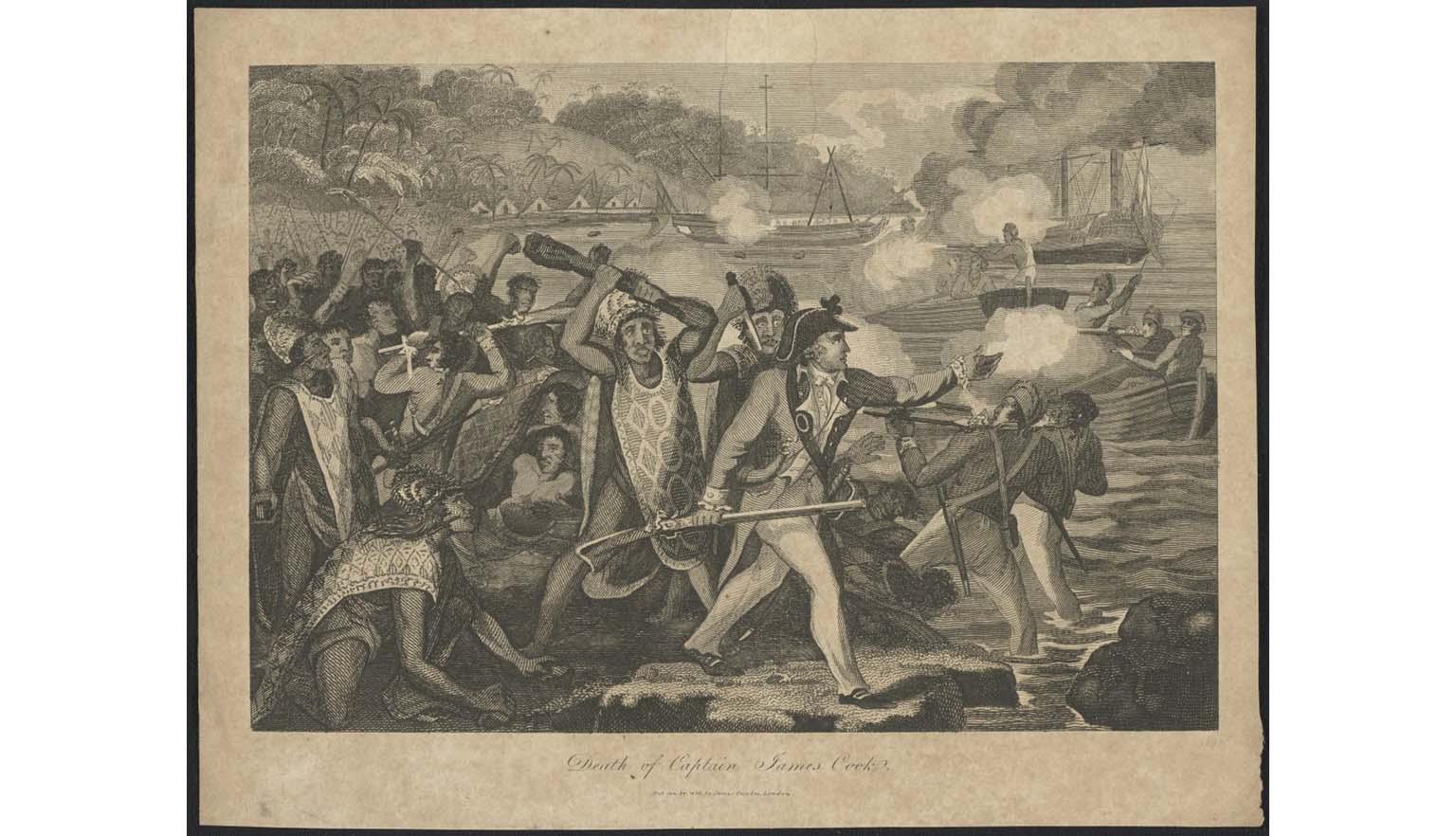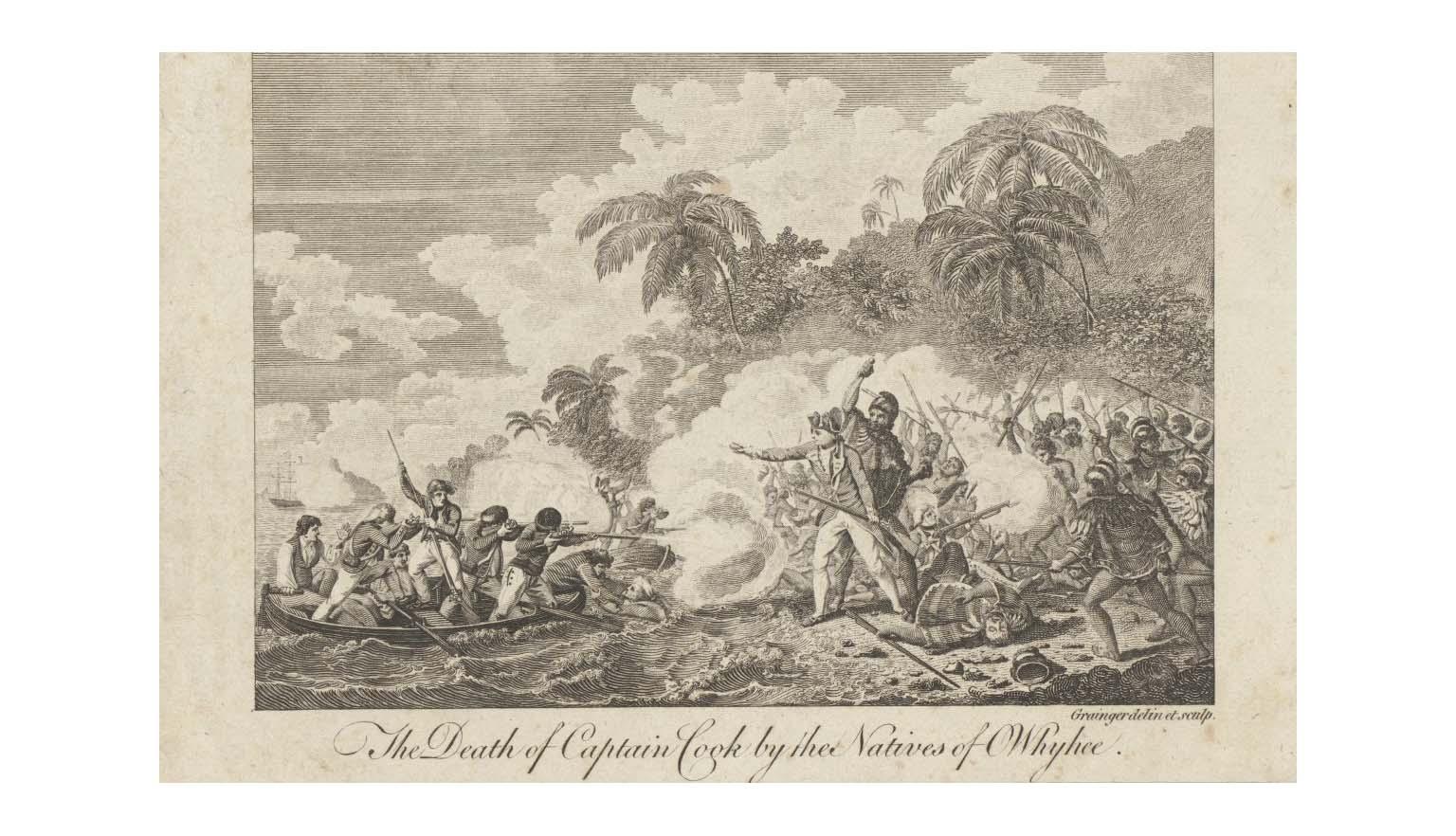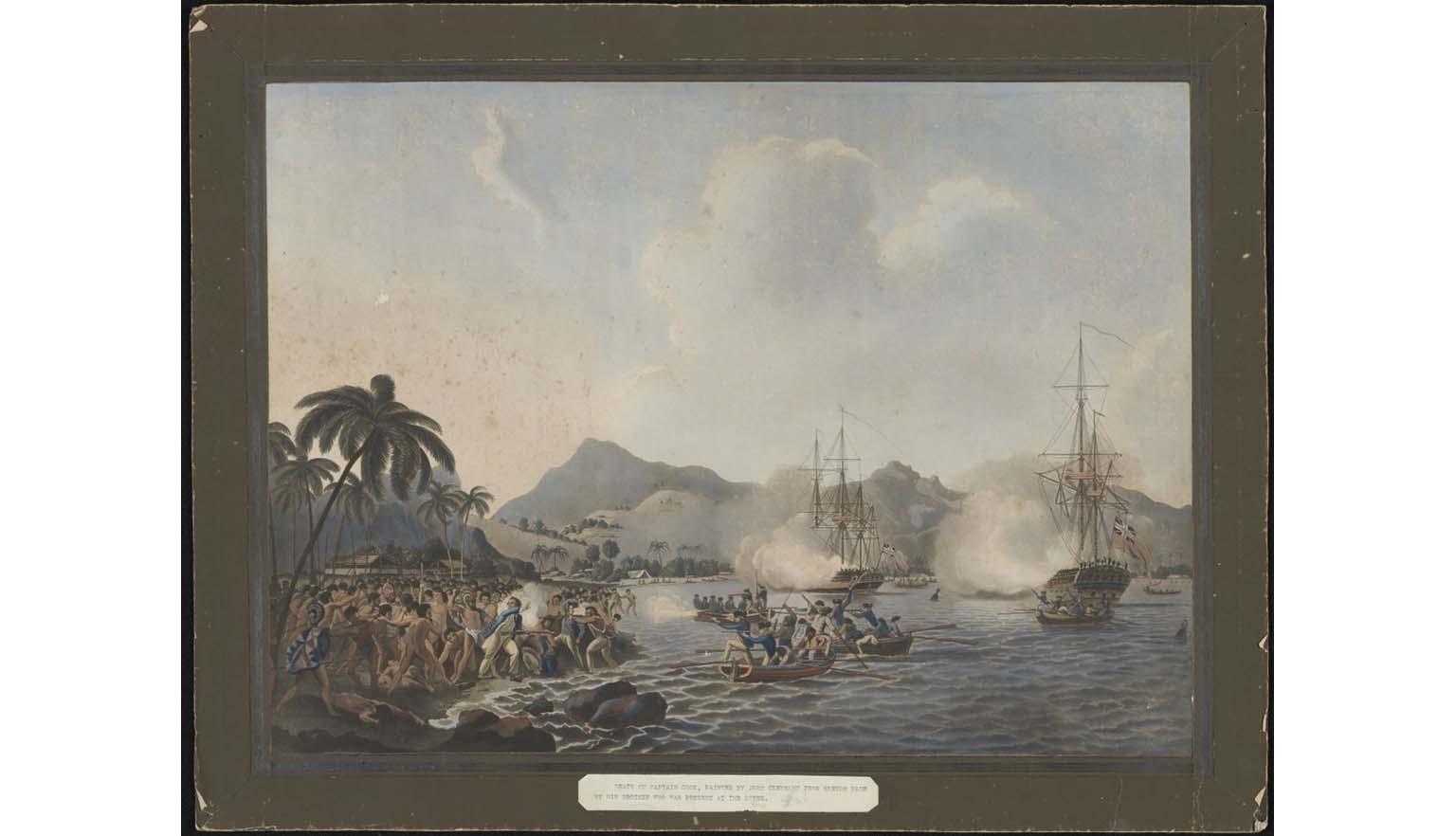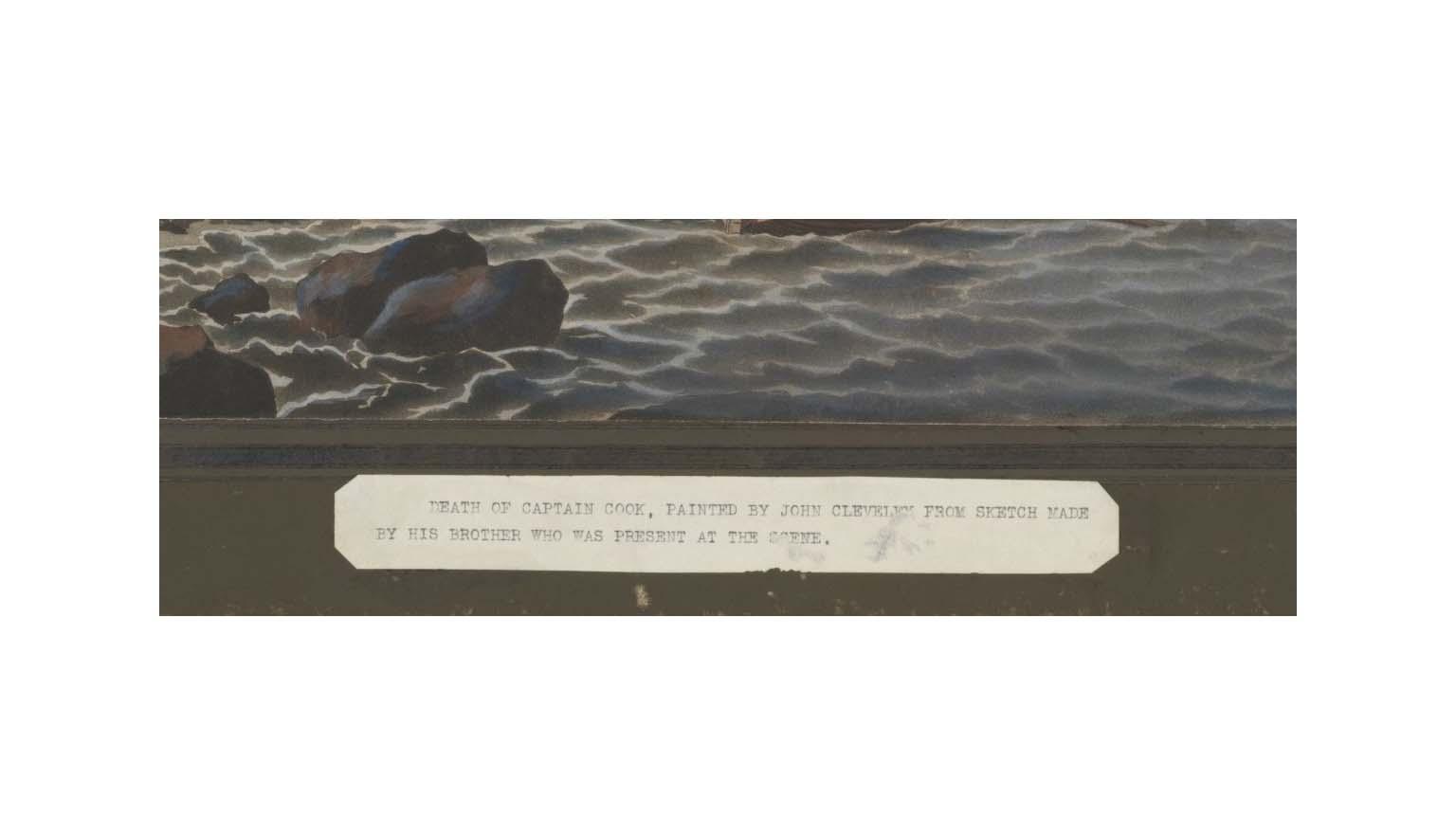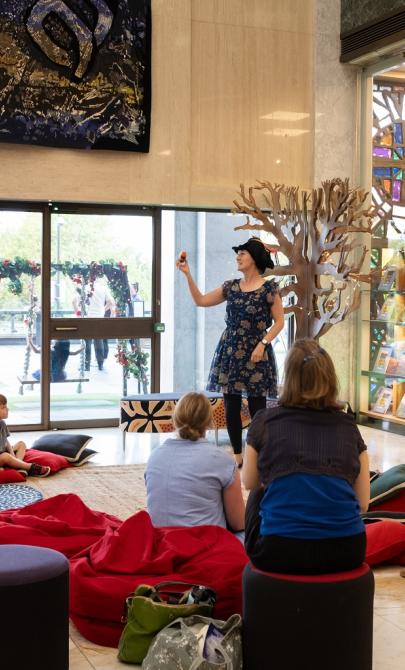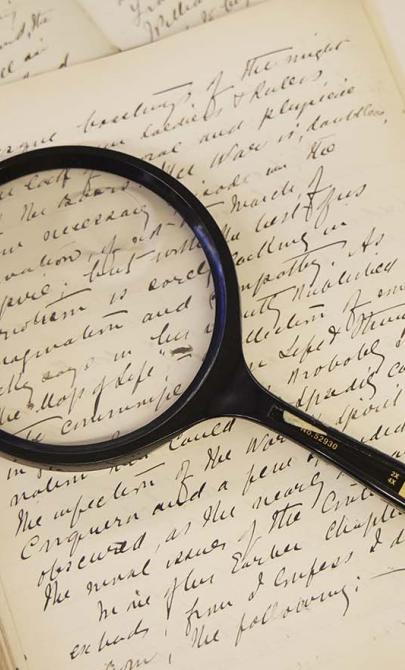Art: The Death of Cook
Introduction
A large oil painting once hung in the Treasures Gallery at the National Library of Australia. Painted in 1781 by British artist George Carter (1737–1795), the artwork is titled Death of Captain Cook. It depicts the killing of Captain James Cook at Kealakekua Bay—now part of Hawaii—on 14 February 1779.
The Library holds many images, drawings and paintings of this event. Each offers a unique perspective, with subtle differences in how the moment is portrayed.
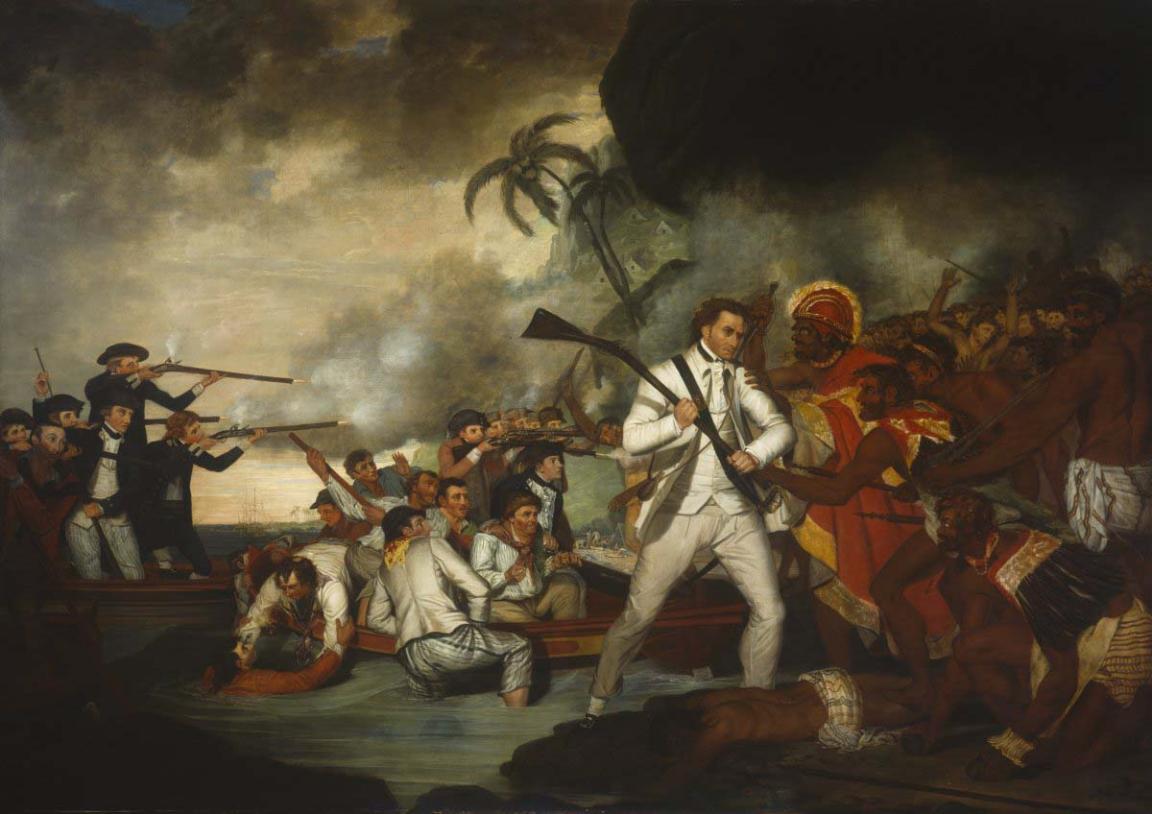
George Carter, Death of Captain Cook, 1781, nla.gov.au/nla.obj-134286967
George Carter, Death of Captain Cook, 1781, nla.gov.au/nla.obj-134286967
Background to Cook’s death
Cook was on his third voyage around the world when he arrived in Hawaii after exploring the Bering Strait. Initially, he and his crew were warmly welcomed by the Hawaiian people. However, after a month, they were forced to return to the island due to damage to their ship caused by bad weather. This second arrival was not received with the same enthusiasm.
As the British made repairs, tensions increased. Theft and scuffles became common. On 13 February, a small boat from the Resolution was stolen. In response, Cook attempted to lure King Kalaniʻōpuʻu aboard the ship to hold him hostage until the boat was returned.
The king’s wife and others in the crowd pleaded with him not to go. The situation escalated when news spread that the British had killed another chief elsewhere on the island. Violence broke out.
Historical accounts agree on some aspects of Cook’s death but differ on the details. Most suggest he was clubbed and stabbed after falling in the water, either by one attacker or by several.
Activity 1: Interpreting the image
Explore Death of Captain Cook by George Carter by considering these questions:
- Who made this?
- Why was it made?
- When was this made? What else was happening at this time?
- Where does this information come from?
- What’s being left out?
- How could this be interpreted differently by different people?
- What action/reaction does the creator want from me?
- Is this event depicted anywhere else?
- What artistic techniques are being using to influence my thinking?
- How does the use of colour impact my feelings, how is the image arranged, etc?
- How does the way it is presented to me impact the message of the work?
Eyewitness account
The Library holds a memoir from an unnamed officer, likely from the Resolution, which describes Cook’s final moments:
“Captain Cook, with the butt end of his gun endeavoured to keep them [the Hawaiians] from closing … the captain was seen to receive several blows from stones and was struck with a club … A chief stabbed him with a pa hoe ha [pahoa=dagger] and after a short struggle he fell into the water. The natives on seeing him fall set up a shout and rushed in after him and supporting him by the hair of the head thrust their daggers through his heart and neck.”
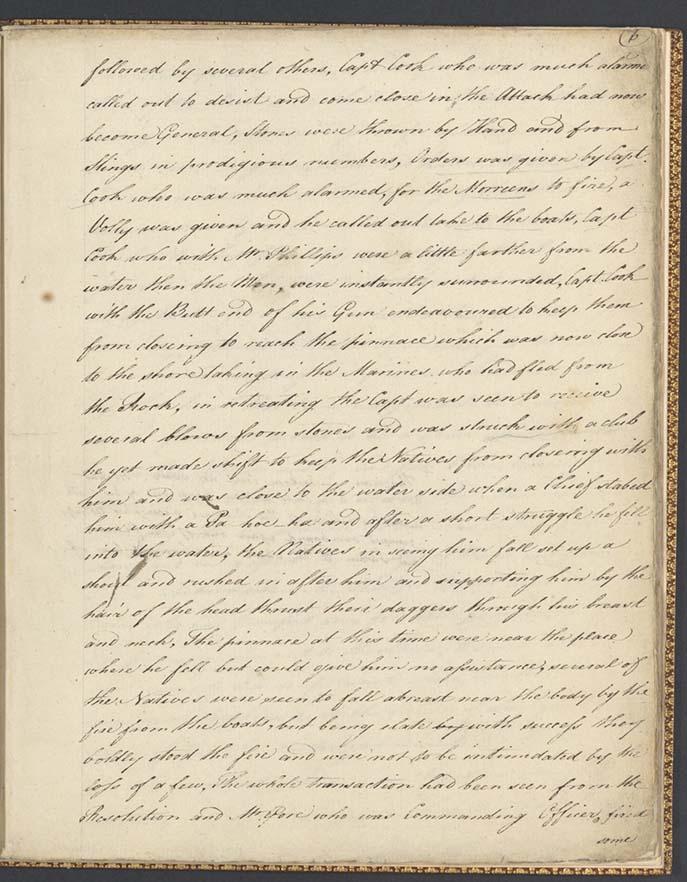
Account of the death of James Cook (Page 27), 1779, nla.gov.au/nla.obj-517454674
Account of the death of James Cook (Page 27), 1779, nla.gov.au/nla.obj-517454674
Other depictions of Cook’s death
Use the following artworks and the eyewitness account to reassess Carter’s painting. Does this extra information influence your interpretation?
Historical context
Understanding the time when George Carter painted Death of Captain Cook can help us reflect on the motives, perspectives and reliability behind the work.
- Cook was killed in 1779. The painting was created in 1781.
- George Carter described himself as a 'historical portrait painter'.
- His other works focus on 'heroic' British figures, military victories and dramatic landscapes.
- Carter was not present at Cook’s death.
- The Industrial Revolution was transforming Britain in the 1780s.
- Britain led Europe in industrial and agricultural innovation at the time.
- The British Empire was expanding through trade, exploration and colonisation.
- The American Revolutionary War (1775–1783) was under way, ending in the independence of the United States.
- The Great Siege of Gibraltar (1779–1781) was a major British victory over Spain and France.
- This was a time of strong British nationalism, especially in support of the military and imperial expansion.
